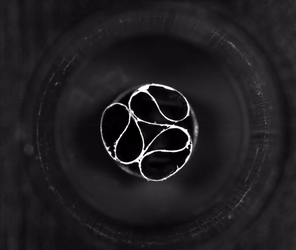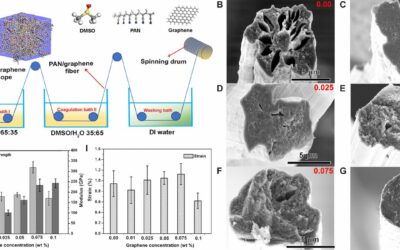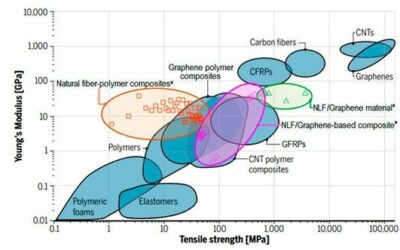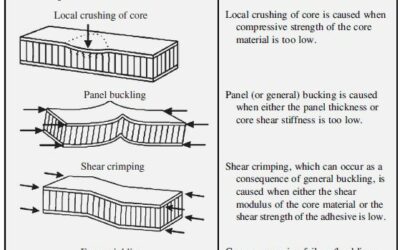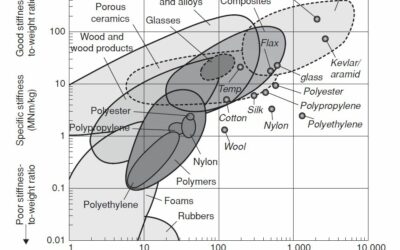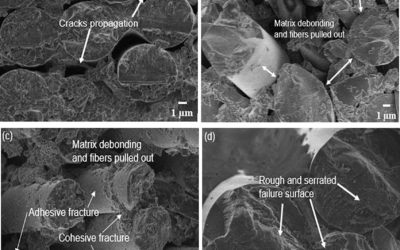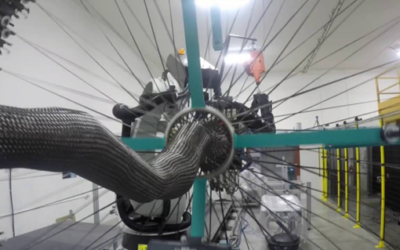GLARE (an acronym for "GLAss-REinforced" Fiber Metal Laminate) is an FML made from interlayered thin sheets of aluminum and unidirectional S2-glass prepreg. This material was developed during the 1970s and 1980s through a partnership between Fokker, Delft University...
Getting technical

Contact us to get in touch!
Fill out the form and we will return to you asap. Thanks!
OUR GENERAL CONTACT:
info@managingcomposites.com
(+34) 919 54 55 60
JOB APPLICANTIONS:


Contact us to get in touch!
Fill out the form and we will return to you asap. Thanks!
OUR GENERAL CONTACT:
info@managingcomposites.com
(+34) 919 54 55 60
JOB APPLICANTIONS:

Highly Deformable Carbon Fiber Shells!
por LlucMarti | Oct 20, 2022 | Getting technical
Last year, a group of researchers at ETH Zürich (Arthur Schlothauer, Georgios A. Pappas, and Paolo Ermanni) published one of the most interesting articles we have seen in a while! They have studied the ''Material Response and Failure of Highly Deformable Carbon Fiber...
Graphene-reinforced carbon fibers may offer a path to stronger, cheaper composites!
por LlucMarti | Oct 13, 2022 | Getting technical
''Last year, the Graphene Council has published research that aimed to evaluate the use of pristine graphene as an additive to polyacrylonitrile (PAN) solution for carbon fiber precursor fibers based on previous research using carbon nanotubes (CNTs) and graphene...
How can we compare the properties of standard composites with carbon nanotubes and graphene composites?
por LlucMarti | Oct 6, 2022 | Getting technical
A couple of weeks ago, we posted an Ashby's Plot that compared the properties of composites with many different materials. But how do they fare against carbon nanotubes and graphene? And what about graphene-based composites? Many works have reported the effect on the...
What are the major failure modes of sandwich structures?
por LlucMarti | Sep 27, 2022 | Getting technical
What are the major failure modes of sandwich structures? What are the causes of each failure mode? 1) Facing Failure - Caused due to insufficient panel thickness, facing thickness, or facing strength; 2) Transverse Shear Failure - Caused when either the shear strength...
How can we compare the properties of composites with other materials?
por LlucMarti | Sep 20, 2022 | Getting technical
A very useful method of doing this is by plotting them as ''Ashby charts'', which represent each material on the chart as ellipses or ''bubbles'', whose width and height are determined by the range of the value of the properties. As you may already know, for composite...
Failure sequences of carbon fiber specimens!
por LlucMarti | Sep 8, 2022 | Getting technical
Let's talk about the failure sequence of carbon fiber specimens! The article ''Carbon Fiber Reinforced Polymer and Epoxy Adhesive Tensile Test Failure Analysis Using Scanning Electron Microscopy'' has many interesting pictures! Morphological characteristics analysis...
F1 Helmets
por LlucMarti | Ago 24, 2022 | Getting technical
It's safe to say that the leather caps and googles use during the '50s are long gone! During the end of the '60s, the first helmets made of a composite material (in this case, fiberglass) were already being developed. But what are F1 helmets made of today?...
How are Carbon Fibers Manufactured
por LlucMarti | Ago 16, 2022 | Getting technical
Carbon fiber is made from organic polymers, which consist of long strings of molecules held together by carbon atoms. Most carbon fibers (about 90%) are made from the polyacrylonitrile (PAN) process. A small amount (about 10%) are manufactured from rayon or the...
Braiding
por LlucMarti | Ago 9, 2022 | Getting technical
In braiding, a mandrel is fed through the center of the machine at a uniform rate and fiber yarns from moving carriers on the machine braid over the mandrel at a controlled rate. The carriers work in pairs to accomplish an over/under braiding sequence. Two or more...


